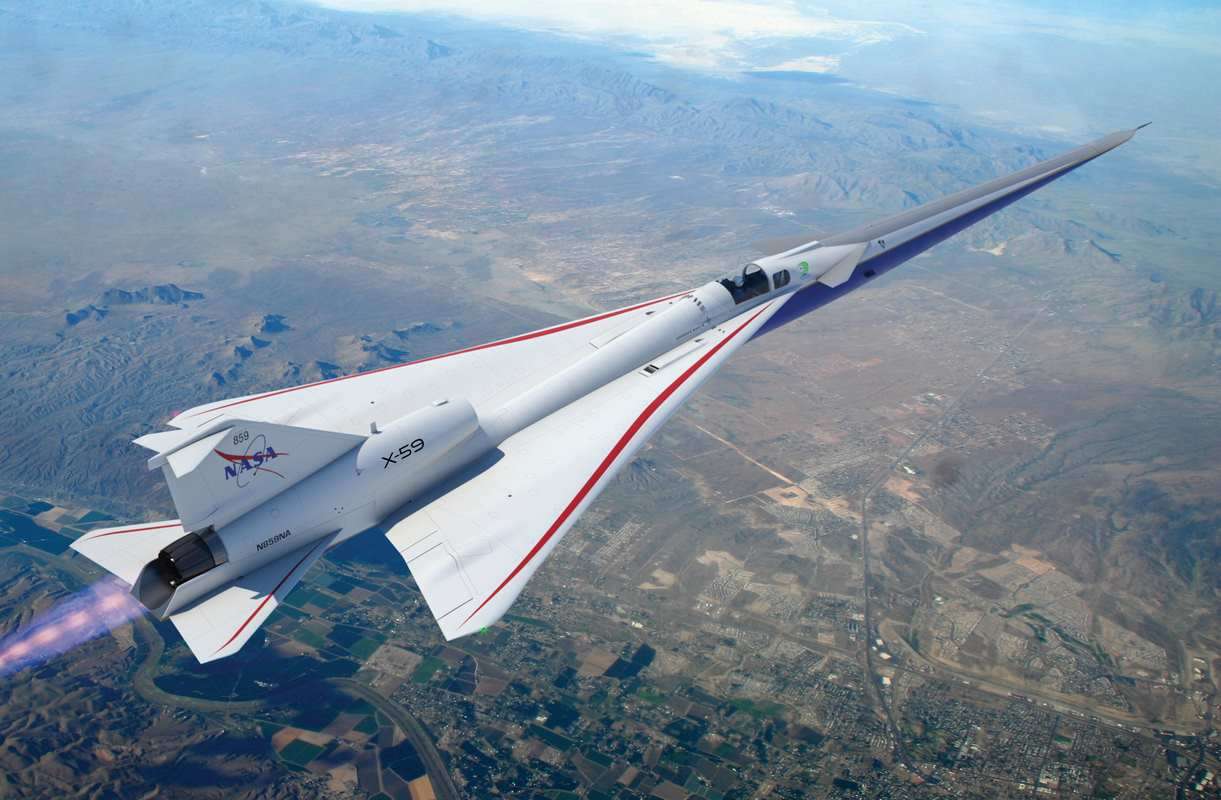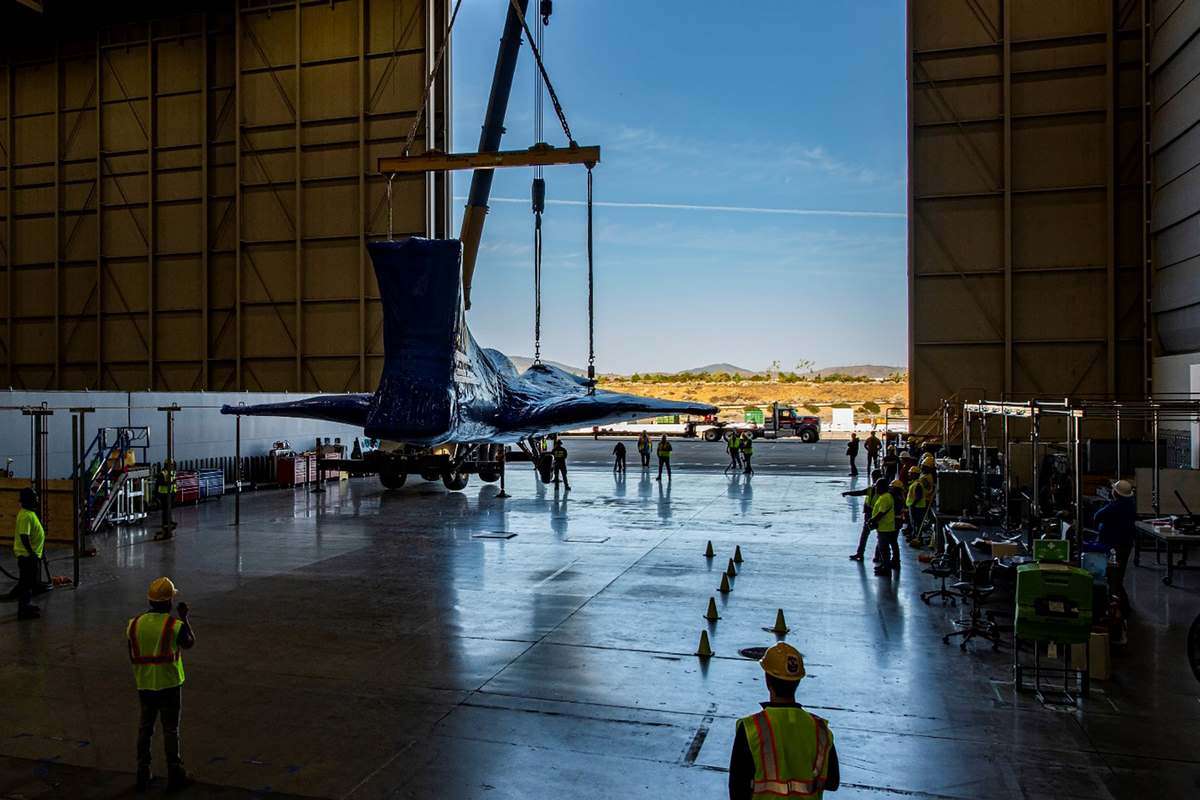Ten New Species of Trilobites Discovered in Ancient Ash Reveal Missing Pieces of World Puzzle
Ten newly discovered species of trilobites, hidden for 490 million years in Thailand, could be missing pieces in an ancient geographic map.

NASA is developing a quiet supersonic jet in order to replace the dreams of the Concorde with one that is significantly less deafening to the people down below.
The supersonic passenger plane, called the X-59 aims to fly faster than the speed of sound, at almost twice as fast as the Concorde.
Engineers are aiming to reduce the sound of the typical sonic boom to a ‘sonic thump'.
NASA reported in August they have identified potential passenger markets in about fifty established inter-city routes, and it's hoped one route would see flights from New York City to London up to four times faster than what's currently possible.
At the moment, however, it's sitting in a hangar where it will be painted at the Lockheed Martin facility in Palmdale, California, says the space agency. Once painted, the team will take final measurements of its weight and exact shape to improve computer modeling.
"We are incredibly excited to reach this step in the mission. When the X-59 emerges from the paint barn with fresh paint and livery, I expect the moment to take my breath away because I'll see our vision coming to life," said Cathy Bahm, the low boom flight demonstrator project manager.
"The year ahead will be a big one for the X-59, and it will be thrilling for the outside of the aircraft to finally match the spectacular mission ahead."

The aircraft is the centerpiece of NASA's Quesst mission, through which NASA will fly the X-59 over several to-be-selected U.S. communities and gather data about people's perceptions of the sound it makes.
NASA will provide that data to regulators which could potentially adjust current rules that prohibit commercial supersonic flight over land.
Earlier this year, the space agency investigated the business case for supersonic passenger air travel aboard aircraft that could theoretically travel between Mach 2 and Mach 4 (1,535-3,045 mph at sea level).
Concorde had a maximum cruising speed of 1,354 miles per hour, or Mach 2.04.
SHARE This Exciting Project On Social Media…
Be the first to comment